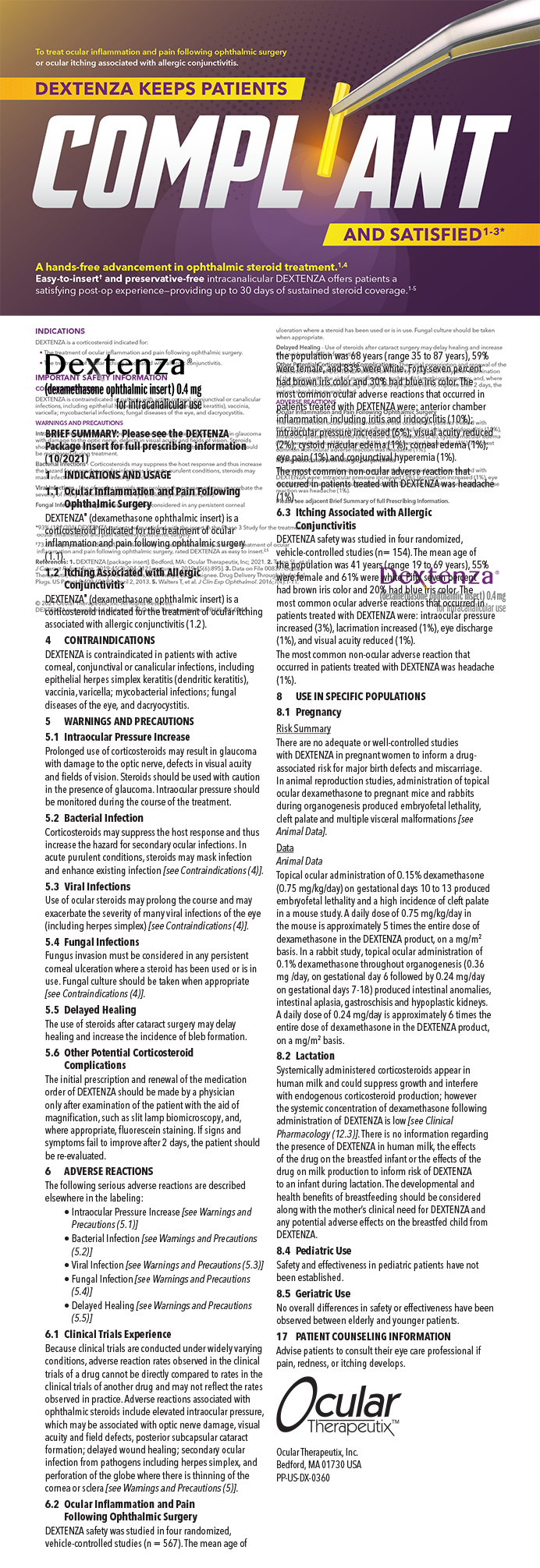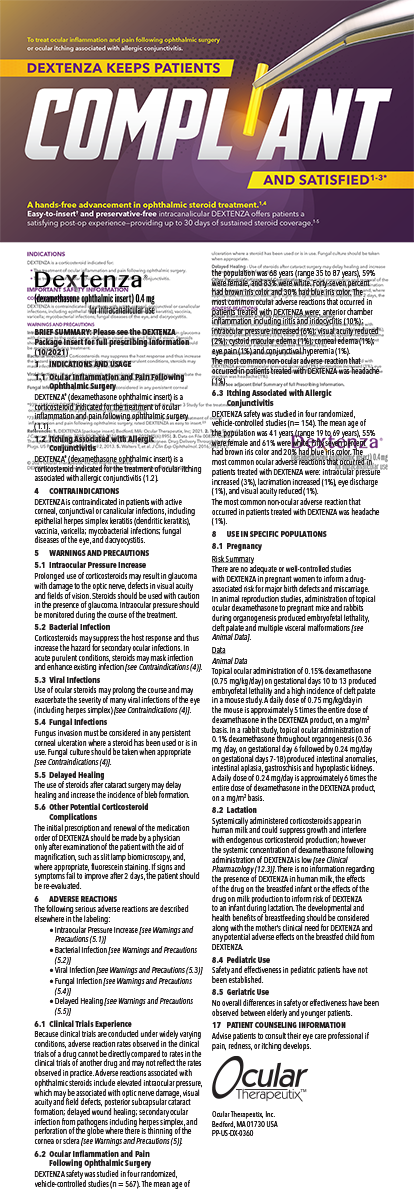How has your extensive postgraduate training in ophthalmology and bioengineering contributed to your success as a refractive surgeon?
In 1991, I began a 2-year research fellowship in ultrasound bioengineering at the Weill Cornell Medical College in New York. During my fellowship, I worked with D. Jackson Coleman, MD, and Ronald H. Silverman, PhD, to develop the first very high-frequency digital ultrasound system. By the time I left New York for an 18-month fellowship in cornea and refractive surgery at the University of British Columbia in Vancouver with Simon Holland, MD, and Hugo Sutton, MD, we had built a prototypic system that allowed us to analyze in vivo complications in different layers of the cornea. This was an incredible experience.
At a time when complications from LASIK were more common and their causes were less well understood, we could actually analyze how this procedure changed the eye's anatomy. We used our prototype to measure the imprecision of microkertatomes, to develop a model for predicting the risk of ectasia after LASIK, and to repair numerous complex cases. I attribute many of my achievements as a surgeon to my experience with very high-frequency digital ultrasound, because this technology improved my ability to diagnose, to understand, and, often, to repair very complex problems related to refractive surgery.
How is refractive surgery different in Europe than in the United States?
European surgeons often have access to new technology sooner than their counterparts in the United States. For example, we were using wavefront-guided treatment over aspheric profiles in Europe several years before these modalities were approved by the FDA. Right now, we have topography-guided therapeutic tools that are not available in the United States. On the other hand, Europeans tend to be less comfortable with the idea of LASIK than Americans, possibly because the regulations requiring ophthalmologists to undergo formal training and become accredited in refractive surgery are very sparse in their home countries. Very few countries in Europe have adopted such guidelines, and those that have adopted them only recently.
Is it easier for companies to introduce new technology in Europe or the United States?
I think Europe has a more efficient and reasonable regulatory system than the United States. To introduce a new product in the United States, a company must spend millions of dollars on FDA trials. These expenses, amortized over the extended period of time it takes to complete the required trials, can make it difficult for companies to introduce less profitable technologies into the United States. The situation is very frustrating for US surgeons and patients alike.
What is the current focus of your research?
My colleagues and I are working on ways to improve the outcome of LASIK. For example, we have developed nonlinear aspheric ablation profiles that increase the eye's depth of field without decreasing contrast sensitivity. These profiles correct presbyopia and allow continuous binocular vision at all distances in eyes with any type of refractive error. We have also developed combined nonlinear and biomechanically based profiles that minimize the induction of spherical aberration and significantly reduce ablation depths for eyes with more than -10.00 D of myopia. Finally, we have devised algorithms that utilize epithelial thickness maps to confirm or exclude the presence of keratoconus. Our research has allowed us to perform LASIK on more than 80 of the patients we formerly excluded due to equivocal topography.
How did you become interested in music?
According to my parents, when I was 4 years old, I started gently fingering—not bashing—the keys of the piano they had purchased for an extra $1,000 from the previous owners of our house. After studying classical piano for 10 years, I started playing the saxophone, because I thought it would increase my pull with the girls! Later, I took a 2-year sabbatical from Cambridge University to study at the Berklee College of Music in Boston. These were the hardest two years of my life! I spent 6 hours every day cooped up in a 6 X4-foot room practicing the saxophone. It was torture, but I am glad I did it, as I still manage to play regularly with professional jazz musicians at London's 606 Club in Chelsea.


